 [On or shortly after March 31 of this year, Peter Beard — photographer, artist, author, activist, bon vivant, and larger-than-life character — wandered off into the Montauk woods to die alone, not unlike the elephants he loved and photographed throughout his life. They found his body on April 19. He was 82. For his New York Times obituary, click here.
[On or shortly after March 31 of this year, Peter Beard — photographer, artist, author, activist, bon vivant, and larger-than-life character — wandered off into the Montauk woods to die alone, not unlike the elephants he loved and photographed throughout his life. They found his body on April 19. He was 82. For his New York Times obituary, click here.
In late 1994 Jeffrey Cypher Wright, editor and publisher of Cover magazine, which focused on New York City’s “downtown” cultural scene, commissioned me to write a profile of Beard for that publication. This appeared in the December 1994 issue, which hit the newsstands on November 1. To it I have appended my review of the small show mentioned in the first article, in which I respond in more detail to the works themselves. This appeared in my column in the New York Observer on November 21, 1974. — A.D.C.]
•
Beard(ed) in His Den:
An Interview with Peter Beard
Rubbing his eyes and yearning for coffee, rumpled yet dapper as ever, Peter Beard strides into his makeshift studio in the basement of a Broome Street gallery at half past noon on a late October Saturday, eager to get to work but willing to talk.
Most of the expansive lower floor of The Time Is Always Now, Peter Tunney’s process-oriented space at 476 Broome, has been turned over by Tunney to Beard, to use for an indefinite period as a production space in New York City. “Peter is the engine here right now,” Tunney says. “My idea is to give Peter Beard total freedom, give him space to do whatever he wants. The real idea is to get into some serious production down here for a year, and then probably cover every inch of upstairs. We pulled the trigger of this production here a few weeks ago. I can also tell you that he just can’t make [the work] fast enough. Every single thing he has touched, we’ve sold — from people just coincidentally walking down here. It’s not even a show yet, there’s no format …”
The noted diarist/collagist/anthropologist/documentarian/fashion photographer is visibly making the most of the opportunity to spread out, hunker down, and generate his one-of-a-kind artifacts. All his negatives, work prints, notebooks and other raw materials are now gathered there, in file cabinets and on shelves. Though he sometimes concentrates on a single work for an extended stretch, he tends to have many going at once (“I have a short attention span,” he notes wryly.) Also, some of the materials he’s working with require drying time; this way, he simply moves on to something else, eventually coming back to renew his attention to each one until it’s done.
•
Consequently, the entire available floor space is covered with works in progress: collages, assemblages, altered photographs, tearsheets from The End of the Game and Eyelids of Morning (his classic books on Africa), scraps of newsprint, ripped magazine pages, bottles of ink and blood — the Peter Beard version of everything and the kitchen sink. This gives the place the appearance of kindergarten during art period. That impression is amplified by the fact that, like an overgrown kid (which he in no other way resembles), Beard prefers to work on his hands and knees, crouched over whatever picture has his attention at the moment, face close to the page and ass in the air, the posture he adopts unself-consciously halfway through our interview, as soon as he finishes his coffee.
Like his famous notebooks — elaborate, convoluted image-text epics into which Beard weaves his own thoughts, photographs and hand-drawn images, found fragments of various sorts, quotations from his readings and other material — these works-in-progress are about anything and everything, sometimes all at once: Kenyan politics, his late friend Frances Bacon, the O. J. Simpson trial, what he had for lunch. Virtually all of them are based on either his now-famous images of Africa, rephotographed pages from his journals, or some combination of both. Individually, each one can be thought of as an unduplicatable serving of savory stew from a pot that’s continually replenished with new ingredients and always kept simmering.
At the moment of the interview, he’s working towards a small show of two dozen pieces that will open November 4, less than a week away, at Farah Damji Gallery (23 E. 81st St.), and is scheduled to run through January 4. “I’m very wound up,” the photographer admits. “We’re in heavy production here.” Sometime next fall, when The Time Is Always Now’s current retrospective of work by outsider artist Viktor IV comes down, a major Beard installation will take its place, if all goes according to plan.
Since the second edition of The End of the Game came out in 1988, Beard has mounted a massive show in Japan and another in L.A. (he calls these “wallpaper shows,” because he covers the walls, floor to ceiling, with images, diary pages, and other works); mounted another show in Chalon-sur-Saône, France; produced two hour-long documentaries for ABC-TV; rebuilt his Montauk house after it burned down; been the subject of a high-tech-video Japanese documentary; spent time in an African jail on a trumped-up charge of trafficking in obscene literature (for possession of a Helmut Newton monograph found in his tent); worked on a book, “The Death of Kamante,” about the corruption of the Kenyan government; survived direct attack from the New York Times; worked on another book devoted to what he calls the “architorture” of Montauk; feuded with anthropologist Richard Leakey over the authenticity of a trove of Maasai art; and otherwise kept himself busy.
Beard is not known for reticence. Even after a late night and before a caffeine infusion, with the work calling to him from only a few feet away, all you have to do is promise the coffee, ask a question, turn on the tape recorder, and listen. What’s on his mind this early afternoon, as is often the case, is his beloved Africa, which he hasn’t seen for fifteen months but which is vividly brought to life in the works scattered at our feet, and the implications for all of us of that continent’s fate. Herewith a sampling of current Beard opinion:
“This species [the elephant] is more similar to human beings than any other animals. They are totally overgrazing their habitat. They’re dying of heart disease, like us — every single elephant we sampled [during the research for The End of the Game] had advanced heart disease at maturity. Similar demographic structures, similar childhoods, similar social organization, long-lasting family units; in fact, the entire ecology of the elephant is now seen to be more similar to that of man than of any other animal. The implications are so obvious, but we never put two and two together. They are exactly like us. And we’re raising money to stop poaching. There’s a campaign to ‘Buy an elephant a drink,’ while these bastards are dying of having eaten everything and starving to death. And we’re next. That’s all I’m saying. But we just haven’t made the analogy. …
“I think we’re absolutely, without any question, fatally overrunning our habitat. … The United Nations had an artists’ and writers’ lunch a couple of years ago at which they introduced the Russian scientists’ report in which they predicted, by all their most advanced techniques, sixteen years left before fatally irreversible global environmental damage. It was one of those amazing lunches because the facts are in, as Richard Nixon would say, and people didn’t want to hear it. [Vice-President Al] Gore is the only politician who’s ever mentioned this; he’s in deep shit for having opened his mouth, but he’s right on the money. The ‘green revolution’ is an emergency crutch on which we can hobble while making the situation worse. …
“We’re feeding starving populations [of people and animals] where nature has imposed the starvation for obvious reasons: we’re beyond carrying capacity. … [Relief organizations] are just cashing in on what the sentimental world will surrender its guilt money for. When I first went to Kenya, the population was two and a half million. It’s now over thirty million. The continent is going to crash, and our thoughts are irrelevant: completely naïve, hopelessly stupid and absolutely childish. …
“Walt Disney has done a lot of damage, inadvertently … “
If everything you say is so pessimistic, I ask him, how can you have that twinkle in your eye?
“Because it’s a lot of fun — the whole business,” Peter Beard replies. “I’m definitely not an optimist. But I’m extremely optimistic.”
•
A View of Beard’s Wild Life
A rare exhibit of recent work by the indefatigable, multi-talented and prolific Peter Beard has been mounted at Farah Damji Gallery, providing a provocative sampling of this photographer’s current work-in-progress, which in turn distills the larger work-in-progress of his life.
Cohort of Karen Blixen, Andy Warhol and Francis Bacon, ex-husband of Cheryl Teigs, jet-set intimate, author, artist, anthropologist, ecologist, wildlife documentarian, fashion photographer, resident of Nairobi and Montauk — Mr. Beard seems always to have been everywhere at once, doing everything at the same time. (For details, consult last year’s biography by John Bower Master, The Adventures and Misadventures of Peter Beard in Africa; Bulfinch/Little, Brown.) Fittingly, he’s presently ensconced in a makeshift studio downstairs at The Time Is Always Now, a Broome Street gallery whose owner and director, Peter Tunney, has turned the space over to him to use for an indefinite period as a production site in New York City. Mr. Tunney — himself an artist — has a particular interest in diaries and collage form, which number among Mr. Beard’s preferred modes; that gallery’s current show, which will run for a full year, surveys the output of the late Viktor IV, an Amsterdam-based U.S. expatriate “outsider” artist. When that show comes down next fall, an enormous Beard installation will replace it.
•
To judge from the selection of some 23 varied pieces in this uptown venue preview, Mr. Beard is making the most of the opportunity this arrangement provides. The works on display range from 8×10 platinum prints to 4-foot-square sepia-toned prints mounted on raw canvas, along with collages, assemblages and ink-altered prints (including a 20×24 Polaroid). One of the gallery’s rooms is devoted to a group of Mr. Beard’s impassioned images of African wildlife, drawn from his now-classic books, The End of the Game and Eyelids of Morning. These are the oversize, sepia-toned prints, several of which have been amplified with lengthy, hand-written quotes from naturalists and explorers, Mr. Beard’s own hand-, foot- and arm-prints, and other graphic additions.
The remainder of the show concentrates on works involving the photographer’s elaborate, complex journals, which are unique collage/assemblage objects in their own right — worn, weathered, thickly packed compendia, some of which have literally withstood fire and flood. The platinum prints, tucked away in the back room, are the simplest and sparest of these works, as well as the most enigmatic; they simply show hands holding the books open to display two-page spreads from the diaries. In this small size, the texts on the pages cannot be read; even the images incorporated into them can barely be deciphered.
•
By contrast, the larger, more elaborate pieces, most of them mounted in the front room, plunge the viewer into both the form and the content of these spreads. Using similar images of the diary pages, but enlarged to roughly two feet by three feet in size, they serve the diaries up not only easily readable but much larger than life, and in color to boot. This makes an awareness of them as hand-worked artifacts inescapable. Mr. Beard’s own photographs and eccentric drawings coexist therein with bits of newsprint, torn magazine pages, xeroxed images, and other found scraps. Interwoven with this material is the text of the diaries, which runs from perfunctory notes on lunch to ruminations on Africa, quotes from the photographer’s omnivorous readings, comments on his day-to-day experiences, even contributions from some of his friends — a set of quick sketches by Warhol, for example.
In the works on view, this already heavily worked and densely layered material becomes the ground for yet more layering. Using the oversize color prints of the two-page spreads as a base (the collagist’s equivalent of a gessoed canvas), Mr. Beard has added yet more material, imposed on or attached to the surface of the prints: inscribed commentaries, body prints, stained and crumpled rags and paper towels, leaves, cigarette packages, a veritable midden heap of stuff. One senses that this process could go on ad infinitum, with the resulting pieces being photographed again and those new images, with their added layers, becoming the bases for subsequent works. And, of course, the collage process itself is inexhaustible; a packrat like Mr. Beard will run out of time long before the world runs out of discards for him to play with. (Not surprisingly, he has a collection of rocks — thousands of them — at his Montauk home.)
Collage/assemblage as a medium seems simple, but in practice is quite complex. Mr. Beard has mastered it on many levels, from the tactile and visual to the intellectual and intuitive. Everything in these works becomes integral to them, retaining its own flavor and texture while also blending with the other ingredients, as in a perfectly made stew. Mr. Beard clearly enjoys engaging with the physicality of his works’ components, just as it’s clear from his images and texts that he relishes the physicality of the natural world. These artifacts represent a kind of play with materials that draws the viewer in, but their sensuousness also serves to engage the viewer with Mr. Beard’s articulate ideas and opinions on everything from the end of the world as we know it to the misguidedness of Richard Leakey. Cumulatively, what the works offer is the opportunity to engage with an engaged and active mind and a quirky visual sensibility, plus the voyeur’s delight of browsing through the detritus of a life thoroughly lived. (23 E. 81st Street, through January 4.)
•
This post sponsored by a donation from Carlyle T.
•
 Special offer: If you want me to either continue pursuing a particular subject or give you a break and (for one post) write on a topic — my choice — other than the current main story, make a donation of $50 via the PayPal widget below, indicating your preference in a note accompanying your donation. I’ll credit you as that new post’s sponsor, and link to a website of your choosing.
Special offer: If you want me to either continue pursuing a particular subject or give you a break and (for one post) write on a topic — my choice — other than the current main story, make a donation of $50 via the PayPal widget below, indicating your preference in a note accompanying your donation. I’ll credit you as that new post’s sponsor, and link to a website of your choosing.
And, as a bonus, I’ll send you a signed copy of my new book, poetic license / poetic justice — published under my full name, Allan Douglass Coleman, which I use for my creative writing.


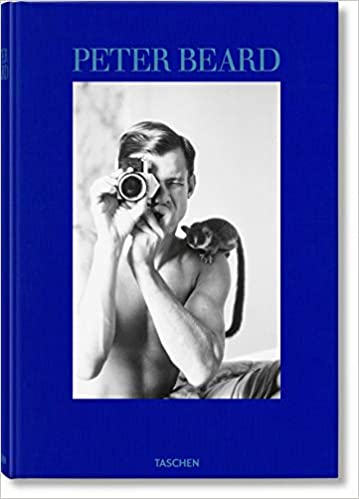
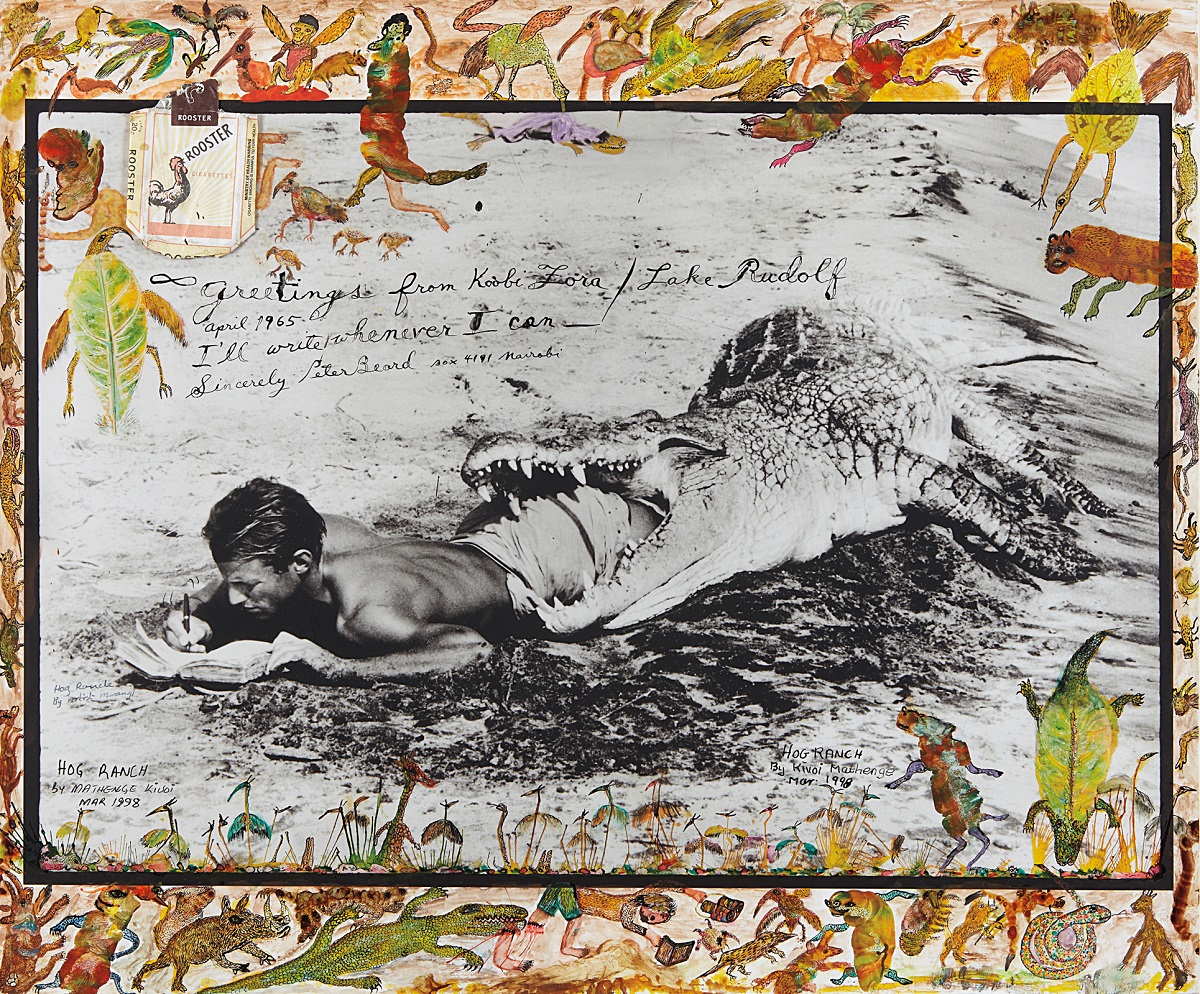
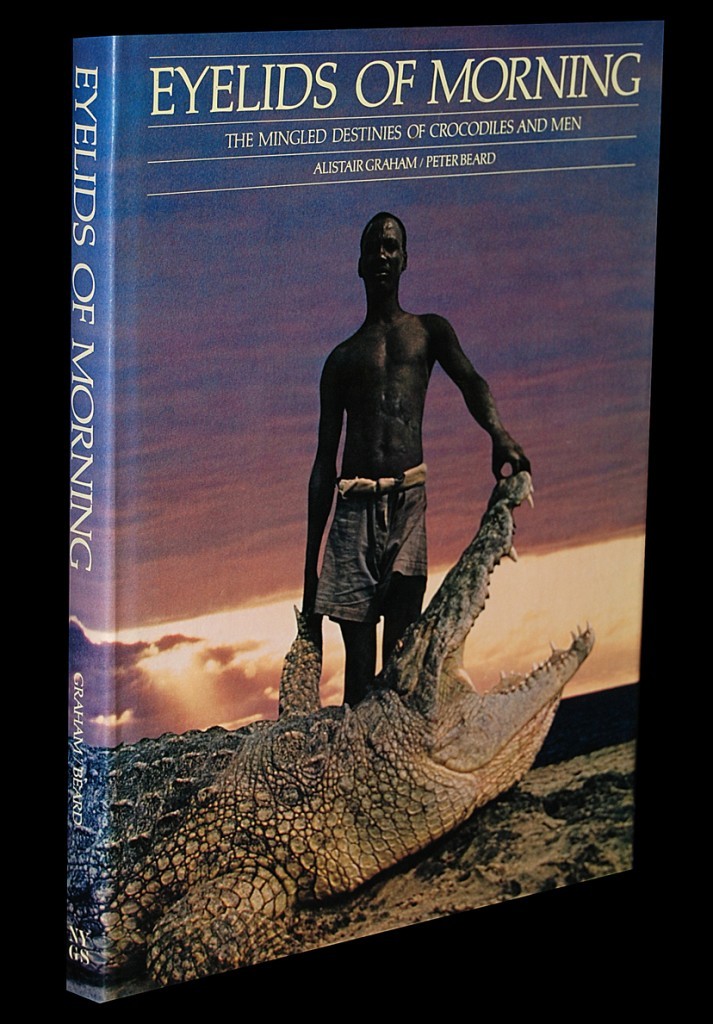
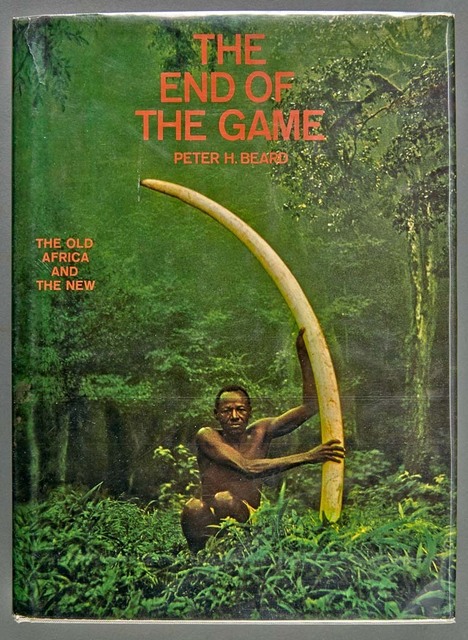
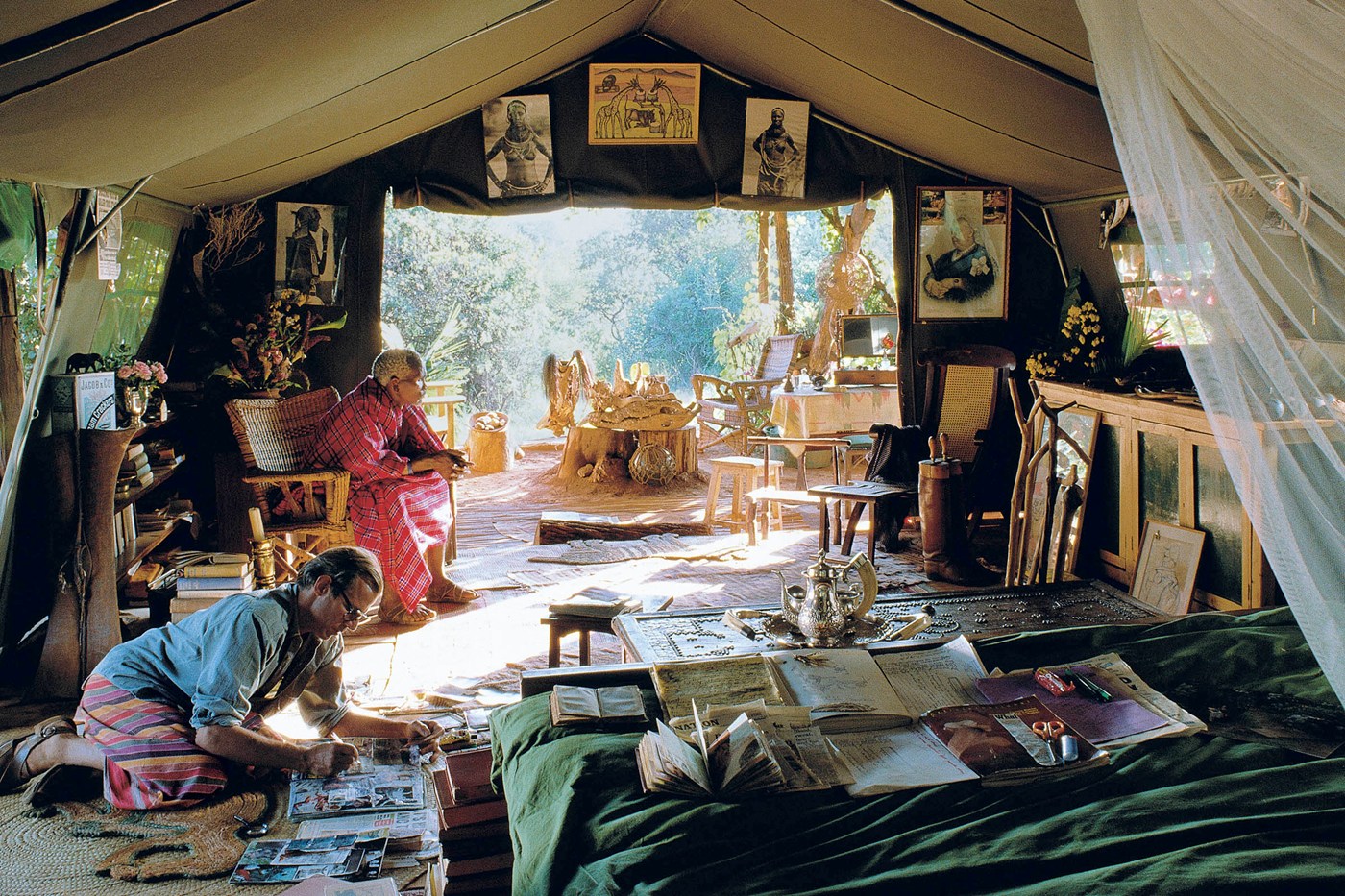
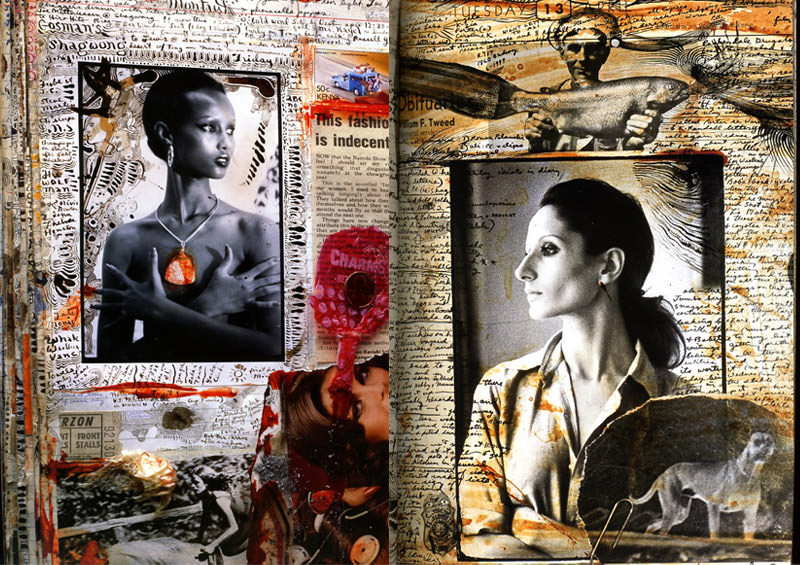
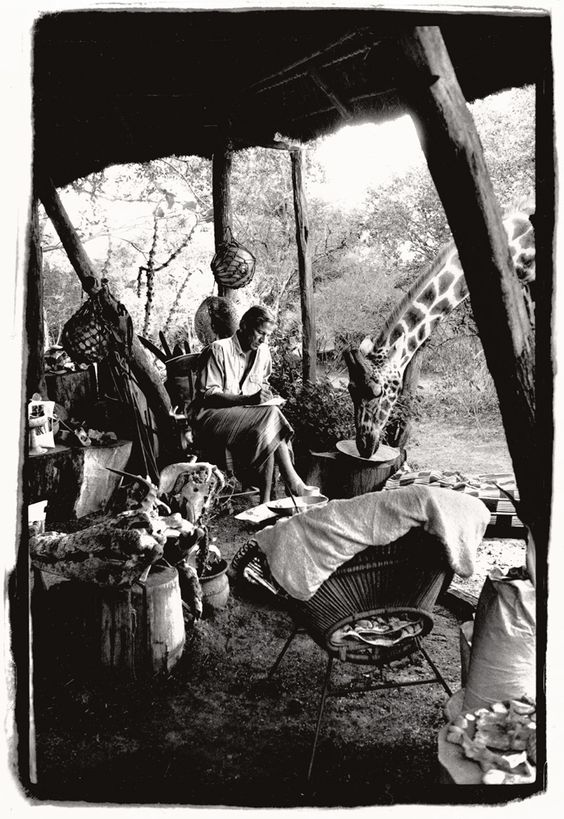




Hello Alan….oh my I wish I could donate, and I loved reading your Beard story, but alas I am barely surviving on the side of my Catkill mountain where I have been since 2014. I am still working…each day, and I am most fortunate to have lasted this long since I am not finished! I made a book called, Autolandscapes (from 1971), and currently I’m organizing the archive and making more books. Luckily husband Randy wants to keep me safe, so all I can do is work and see our amazing views. The next book will be Haight Ashbury and the next will be “City Bikes.” thiking of you…elaine
Thanks, Allan, for that transcription of Peter’s monologue. Your experience mirrors my own. Push play and record at the same time and you will emerge, an hour or two later, with an epic tale of lust, greed, and self-destruction.